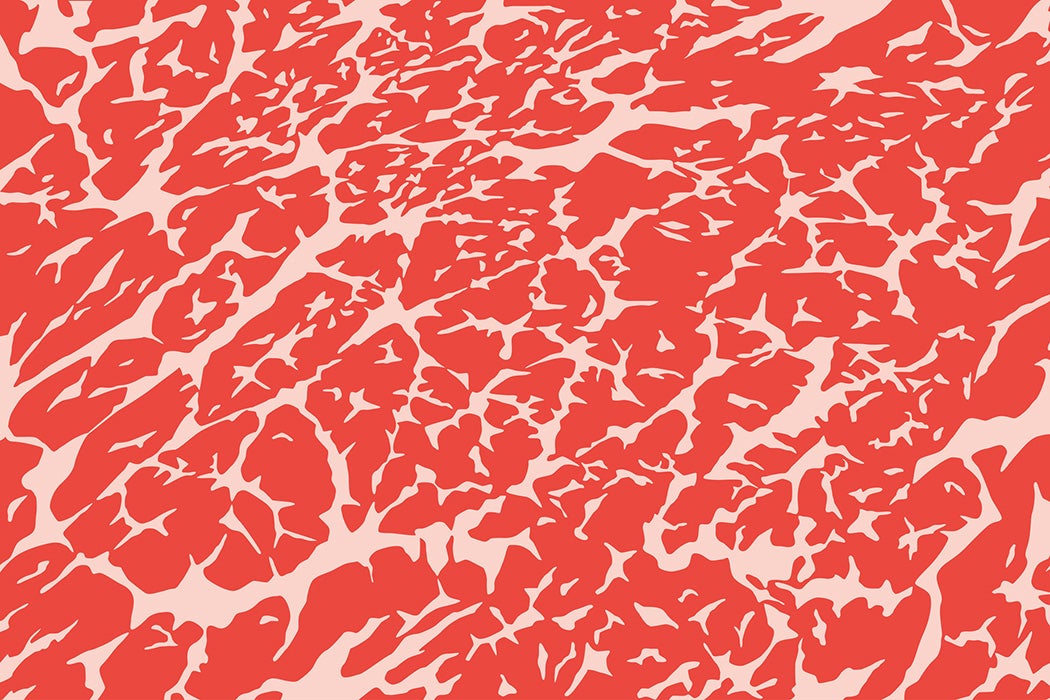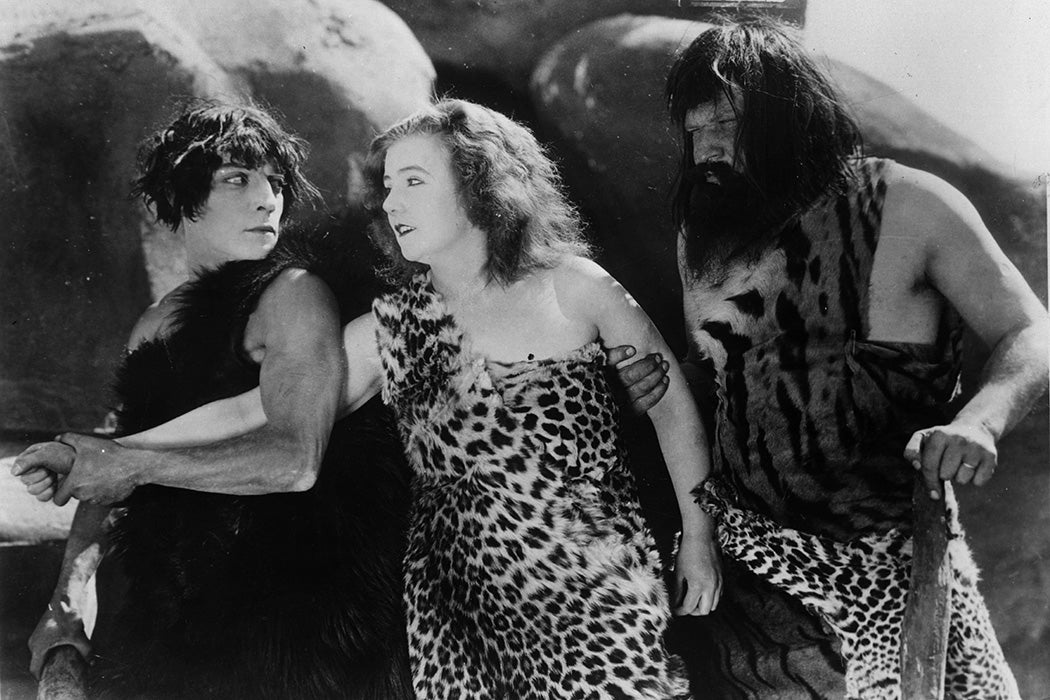The Paleo diet is among the most popular eating systems in the US today, with an estimated 3 million followers. Cultural critic Adrienne Rose Johnson argues that the appeal of the “caveman” food plan goes beyond weight loss and fitness goals, inviting dieters to imagine becoming part of a lost prehistoric utopia.
Johnson writes that the ideas behind the Paleo diet go back to the nineteenth century, when some reformers recommended the “natural” foods eaten by pre-agricultural people as the solution to modern health complaints. Physician Emmet Densmore, for example, advocated for a “primal” meat-filled diet and called bread “the staff of death.” While John Harvey Kellogg argued for almost the opposite type of diet—one filled with grains and other bland food—he also supported his ideas by linking them to the foods of “our primitive ancestors of prehistoric times.”
The first full Paleo diet book was published in 1975 by gastroenterologist Walter Voegtlin, a eugenicist and white supremacist who also argued that tigers and dolphins posed a threat to humans and should be eradicated. Needless to say, the book failed to bring Paleo to a mass audience. That would take until 2002, when health and exercise researcher Loren Cordain published The Paleo Diet. In the decade that followed, interest in the diet took off.
A central narrative of the Paleo concept is that humans evolved for the conditions of the Paleolithic era and are unsuited for life in the modern world, with its abundant agricultural and processed foods. Paleo systems call for avoiding grains and sugars and instead eating mostly meat and vegetables.
Many Paleo manuals discuss the diet in distinctly masculine terms, throwing around words like virile, warrior, and protector. Yet, as with most diets, the majority of practitioners are women. Johnson suggests that the masculine framing may actually be a draw for some women who object to typical gendered narratives about food and health. Many Paleo women assert their desire for steak, muscle building, and a type of fitness that isn’t solely about losing weight (though weight loss and fighting the “obesity epidemic” is an unavoidable part of Paleo discourse).
Johnson argues that the vision behind Paleo is much bigger than just weight loss, or even just individual health. Advocates often paint a picture of a pre-agricultural life of varied physical activities, ample leisure, and strong communities. And some Paleo dieters go beyond their food choices in attempting to emulate people from the distant past. Some avoid artificial light, eat raw meat, practice polyamory, and avoid wearing shoes.
Weekly Newsletter
Even if we limit the scope to food, Paleo has a utopian aspect, promising to help dieters reclaim a natural, healthy relationship to eating. Unlike past utopian dreams of unlimited delicious food, Johnson writes, Paleo promises a transformation of individual appetites so that people effortlessly ignore the temptations of abundant processed foods.
“Just as privation once produced the ‘Land of Plenty’ with ‘plenty of food and drink,’ now the Land of Plenty is producing fantasies of paucity,” she writes.
The Truth about “Caveman Courtship”
Support JSTOR Daily! Join our membership program on Patreon today.








